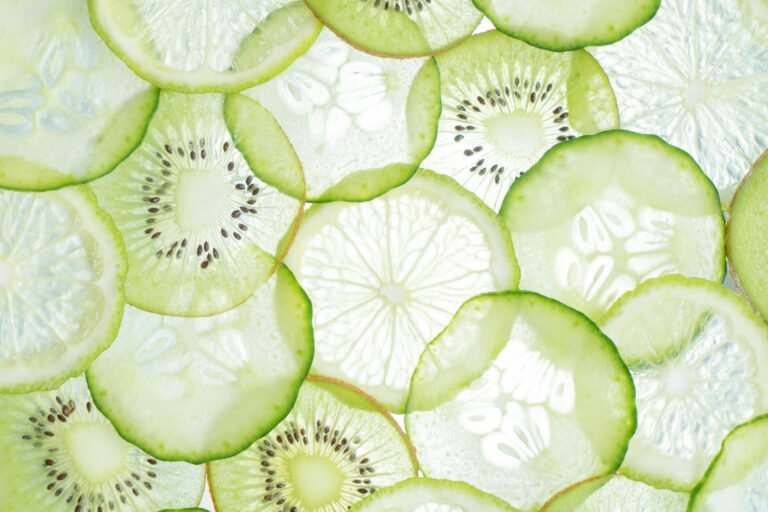Chinese medicine
Chinese medicine is an art form and philosophy. Among the oldest in the world, today traditional Chinese medicine finds positive feedback also from official medicine

Chinese medicine
Chinese medicine also known as traditional Chinese medicine, the oldest in the world, is a system of philosophical and therapeutic knowledge that combines a vision of the cosmos based on correspondences and analogies with a practice articulated in a series of specific techniques – including the acupuncture, massage and acupressure . Especially the latter aspect has made her very popular in the contemporary West, although her symbolic and scientific approach to nature is also the subject of strong interest on several levels, from the cultured and competent to the simple mass curiosity.
However, Chinese medicine is taught in universities and practiced in hospitals as a set of disciplines complementary to official or conventional medicine of Western origin. This medical philosophical conception is now widespread all over the world, to the point that the World Health Organization has officially recognized the use of many of its therapeutic methods (in particular acupuncture) in the treatment of various diseases.
Effectiveness of Chinese medicine
It is first of all appropriate to distinguish between techniques and treatments such as acupuncture, Chinese massage and acupressure, which have received recognition from official-conventional medicine all over the world and are used for specific pathologies as complementary methods to the more usual therapies. and traditional Chinese medicine as an overall vision of the natural world and of the human being and as a system of treatment perfectly consistent with its own theoretical principles.
In this second case, Chinese medicine is considered an “alternative” approach, and while exploiting some procedures, contemporary Western science still tends to relegate it to pre-modern knowledge by now outdated, even if its venerable antiquity usually takes it away from the most violent attacks. However, there is no lack of attempts at fruitful reciprocal contamination, in a more open and curious perspective that is bearing fruit even in non-marginal areas.
The effectiveness of Chinese medicine, in particular of its best-known treatments, is beyond question: there are numerous impartial studies, conducted with the most rigorous experimental method, which have demonstrated and continue to prove it. Even in Italy it is no more rare than a general practitioner, obviously free from preconceptions, advice of acupuncture sessions for the symptomatic treatment of various painful, acute or chronic states.
Basics of Chinese Medicine
Chinese medicine, certainly the most ancient of traditional medicines, is the harmoniously complete expression of the spirit and culture that developed it over the centuries. Its fundamental principles are the same that inform the global worldview of China’s philosophy and religion. First, the idea of a dynamic unity based on systematic correspondence: the universe is an articulated totality, in continuous metamorphosis, but the actors of this metamorphosis are always the same forces, the same elements in their reciprocal relationship.
We start from the One, which Chinese thought calls Tao : this principle of all things is represented as a circle divided into two opposite and complementary halves that suggest a vortex, therefore a strong dynamism: one of white color with a point, one seed or embryo, black in color, the other black in color with a white dot. The first is the masculine force, active, luminous, warm, forming, subtle-celestial: the yang . The second is the female force, passive-receptive, dark, cold, material, earthly: the yin . As the symbol of the Tao suggests, yang and yin are in a complementary relationship: everything is made of both, has a yin aspectand a yang aspect .
This unity of the Tao is manifested in an energy that envelops and penetrates the whole universe and every single thing: the qi , the breath, the vibratory rhythm of life, “soul of the world” in which the polarity between masculine and feminine is outlined. , activity and passivity-receptivity, yang and yin .
There are five subtle elements and phases or original dynamics ( wuxing ) in which the yin-yang polarity is expressed. These are five archetypes or primordial forms that connect all levels of nature in a series of correspondences:
- the wood, which corresponds to the green color, is the element of the vegetation that is renewed in spring (manifestation of yang );
- fire, to which red corresponds, is the element of light and heat and the upward trend, typical of summer and yang ;
- the earth, to which yellow corresponds, is the receptive element that nourishes and matures, as happens especially in late summer (manifestation of yin );
- metal, connected to the white color, is the element of energy that contracts and declines, as happens in autumn, the yin season ;
- water, associated with black, is the element of energy that goes down and hides or goes out, as in winter (season dominated by yin ).
The five elements are transformed into each other, in an incessant rotation which is the very movement of nature: from the wood the flame is released, the fire, from the consuming action of the fire, the ashes are born and therefore the earth, in the veins. metal is formed from the earth, which in the fusion liquefies and becomes water, from which wood is reborn (spring) and so on.
Where do we find this energy in the body? The subtle and energetic character of Chinese anatomy is expressed above all in the notion of meridian ( jingluo ): meridians are in fact the channels that connect the internal organs and viscera of the human body with the parts present on the surface, and their importance is particularly evident. in classical therapeutic practices such as acupuncture and moxibustion.
There are 12 regular meridians:
- lung-hand channel (connected to yin );
- heart-hand channel ( yin );
- pericardium-hand canal ( yin );
- “triple heater” channel – hand ( yang );
- hand-small intestine canal ( yang );
- large intestine-hand canal ( yang );
- spleen-foot channel ( yin );
- kidney-foot channel ( yin );
- liver-foot channel ( yin );
- gallbladder-foot canal ( yang );
- 11) bladder-foot canal ( yang );
- stomach-foot canal ( yang ).
To these, 8 extraordinary meridians are added, which do not have a direct relationship with the internal organs and are rather channels of deposit or reservoirs of subtle energy.
Finally, we have 15 collateral meridians, corresponding to 12 regular and 2 extraordinary ( du and ren ) with the addition of a major collateral for the spleen. Their functions are multiple: they allow the circulation of qi and the most important fluid, the blood, communicate heat and vitality to the various parts of the body and above all constitute a network of energy connections that maintains the unity and integrity of the organism.
Knowing this subtle “map” means acquiring the tools to cure: in fact, the disease coincides precisely with an alteration in the flow of qi and blood along the meridian channels and the areas where symptoms occur can indicate, thanks to the connections between internal organs and superficial areas, the profound nature of the ongoing pathology.
These roughly described up to now are just some basic aspects of Chinese medicine. Learning the entire medical corpus is an ambitious undertaking.
































+ There are no comments
Add yours